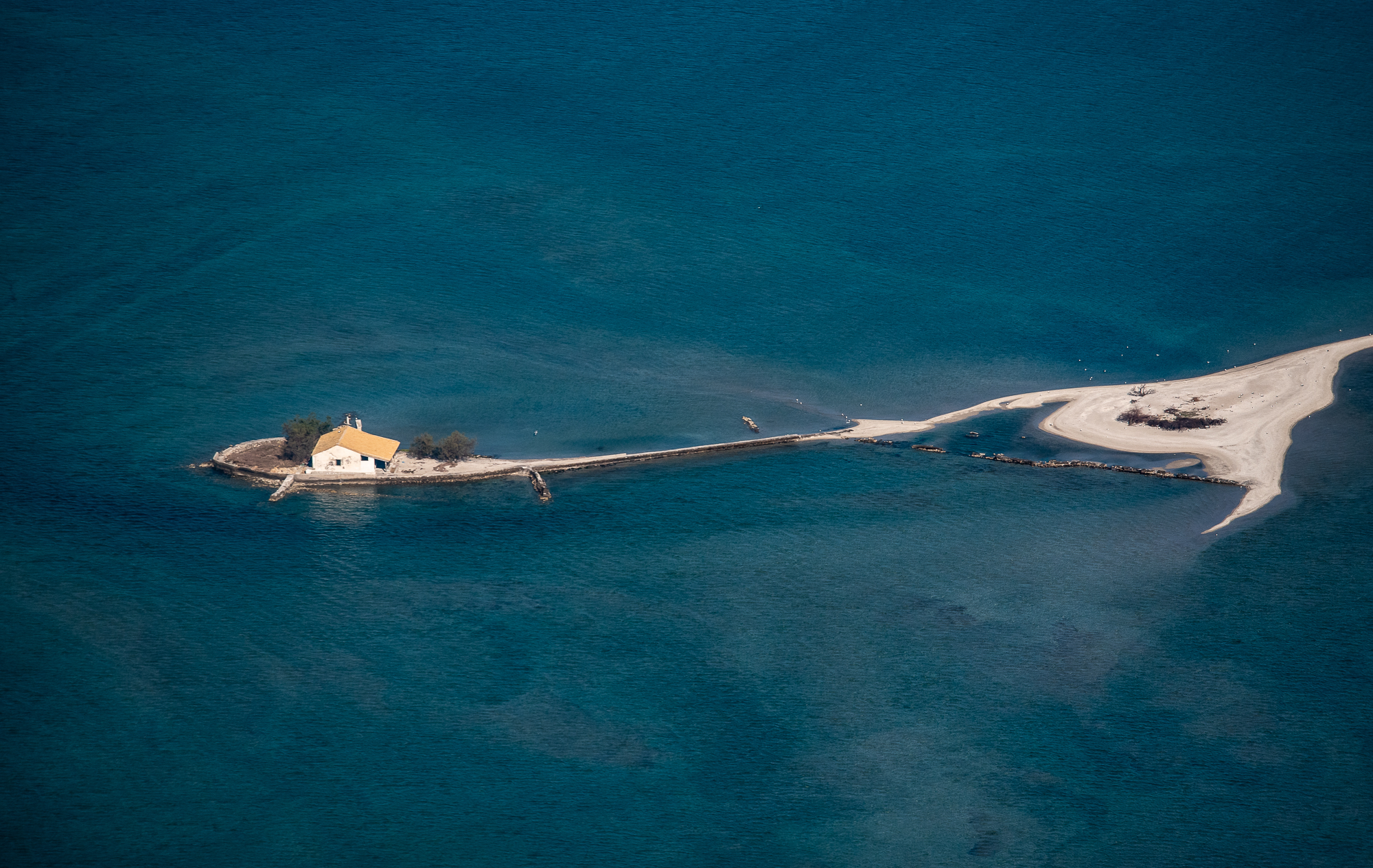During the marine geophysical surveys (seismic acquisition) the recording of the levels of the produced sound was carried out by an auxiliary vessel that executed the monitoring program both in remote measuring stations (5km - 60km) and closer (500m - 4km) as well as the verification of the Exclusion Zone (750m) from the seismic vessel. The acoustic monitoring was done with a special recording system that has hydrophones of different levels of sensitivity and dynamic range and which sinks to 20m below sea level. The auxiliary boat during the recordings at the measuring stations remains at a distance from the hydrophone and puts its engines out of operation so as not to produce additional noise.
The immersion of the recording system takes place with special floats and an elastic rope in order to minimize any artificial noises of the platform (self-noises) which can be indicative of: flow noise, cable support noise. In order to minimize hydrodynamic noises, the boat does not anchor so that it moves in parallel with the sea currents and the prevailing winds.
In the above way the sea currents that pass through the submerged hydrophones have a lower relative speed since the whole platform (auxiliary boat) moves in the same direction.
The results of the noise simulation models show that the sound propagates in good direction to the bottom and attenuates significantly both horizontally and vertically.
At a vertical distance at the depth of 100m, the noise levels are close to those of the source (210dB), but a marine mammal will have already been detected by Passive Acoustic Monitoring (PAM) and geophysical works stopped immediately. At greater depths, due to the pressure, the propagated sound is reduced very quickly at values far below those that could cause any acoustic nuisance to marine mammals.
At horizontal distances of less than 1km (750m) from the source according to real-time acoustic measurements, the sound is reduced below threshold values that may cause any probable acoustic nuisance to marine mammals. It is noted that the normal levels of environmental noise (ambient noise) are of the order of 110-140 dB).


